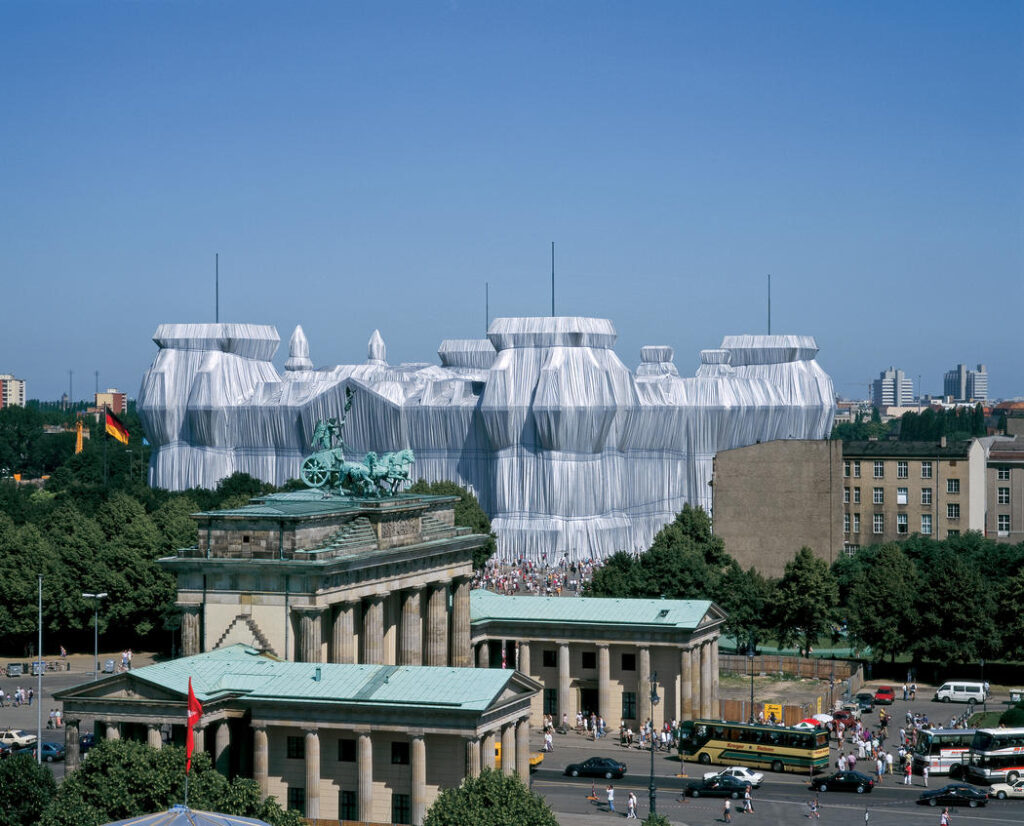In an article over at DeZeen, Christine Murray makes the argument that “It’s time for architects to choose ethics over aesthetics,” or as she goes on to elaborate, over business relationships and patronage. I couldn’t agree more.
Yet architects are lazy and unprofessional when it comes to material selection. A major survey by the AIA reveals seven out of 10 architects specify products based solely on their personal relationship with the supplier, and rarely do any research at all. “It’s an extremely relationship-driven market,” said Nik Werk, manager of the research. In short, it’s who you know, not what.
In addition, the study found that 57 per cent of architects copy-and-paste their spec from a previous project, with 16 per cent reusing it wholesale. The result is an industry stuck on repeat and plagued by corruption and nepotism.
I would think this mentality could apply to contractors and private citizens doing their own renovations as well. Making small efforts to use better, more climate-friendly products could pay off over time.
At current rates of warming, most places will become uninhabitable due to floods, wildfires, drought and heatwaves – triggering mass migration. War and famine will follow as we move inland and scrabble over resources. This is not happening in the distant future. Read the news: from cyclone Idai to the Central American caravans, Southern Californian fires to the war in Syria, the process has already begun.
It will unpredictably, radically, grow worse. One quarter of Boston will be underwater at some point in the next 25 years. By 2100, southern Europe will be in permanent drought and the areas burned by wildfires in the US “could quadruple”, David Wallace-Wells writes in The Uninhabitable Earth. By then, 1.5 million homes in the UK will face coastal flooding and 100,000 homes will fall into the sea. We’ve been given 12 years by the UN to dramatically lower carbon emissions to reduce the chances of the earth’s sixth extinction. Instead, CO2 is rising.
What is the point of firmness, commodity and delight in the face of crop failure, nothing to drink, or breathe? Forty per cent of insect species are in decline; if we lose them all, we have no pollination – nothing to eat – and the entire ecosystem collapses due to starvation. What matters is now, not whether your stone facade is still standing at the fall of mankind.
On a side note, I listened to a podcast with David Wallace-Wells, the author who’s book Ms. Murray cites in the quote above. Fascinating – and terrifying – stuff. His book seems very interesting – it’s premise being that everyone is talking about the maximum targeted earth temperature change as a result of climate change (2º warmer) and its impacts. His angle was to assume for a moment that we can’t hit that and things get warmer. What happens then? Apparently, if architects keep it up, there’ll be a lot of really nice buildings and no inhabitants.
https://www.dezeen.com/2019/03/28/opinion-christine-murray-climate-change/


